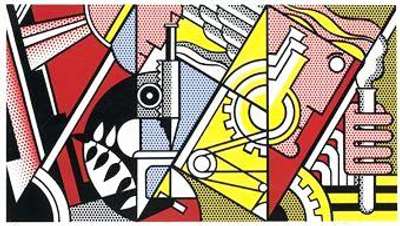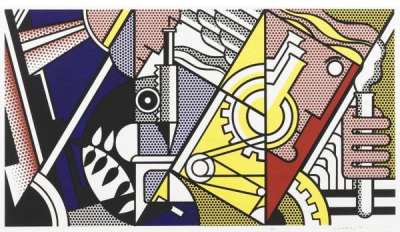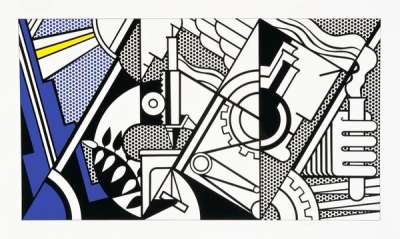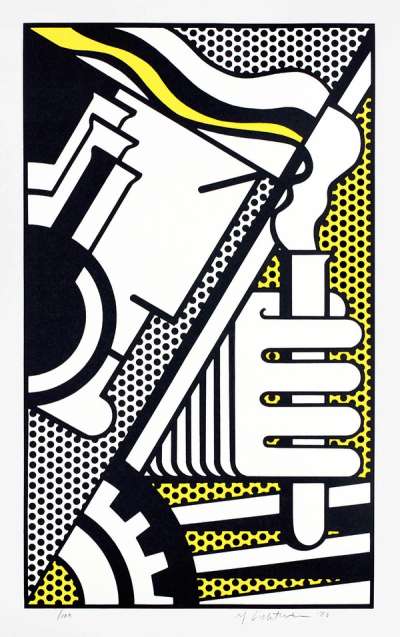
Peace Through Chemistry III
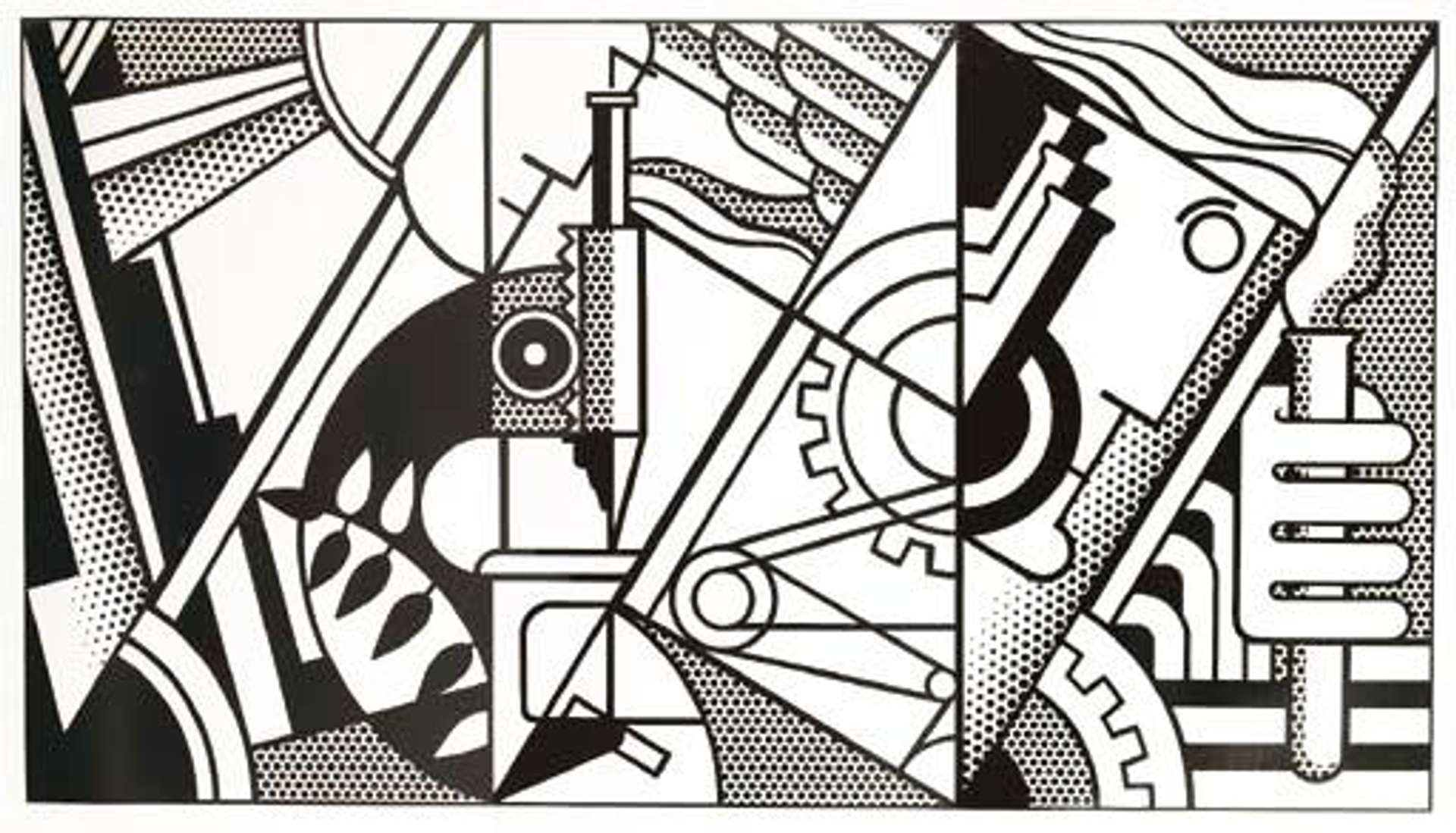
Peace Through Chemistry III
Signed Print
Roy Lichtenstein
£24,000-£35,000
$45,000-$70,000 Value Indicator
$40,000-$60,000 Value Indicator
¥220,000-¥320,000 Value Indicator
€28,000-€40,000 Value Indicator
$240,000-$350,000 Value Indicator
¥4,580,000-¥6,680,000 Value Indicator
$30,000-$45,000 Value Indicator
AAGR (5 years) This estimate blends recent public auction records with our own private sale data and network demand.
There aren't enough data points on this work for a comprehensive result. Please speak to a specialist by making an enquiry.
Medium: Lithograph
Edition size: 16
Year: 1970
Size: H 82cm x W 147cm
Signed: Yes
Format: Signed Print
MyPortfolio
Your collection tracked in real time.
Build your portfolio, manage valuations, view return against your collection and watch works you're looking for.
Track auction value trend
Auction Results
| Auction Date | Auction House | Artwork | Hammer Price | Return to Seller | Buyer Paid |
|---|---|---|---|---|---|
| May 2021 | Wright - United States | Peace Through Chemistry III - Signed Print | |||
| October 2018 | Phillips New York - United States | Peace Through Chemistry III - Signed Print | |||
| October 2013 | Christie's New York - United States | Peace Through Chemistry III - Signed Print | |||
| May 2008 | Sotheby's New York - United States | Peace Through Chemistry III - Signed Print |
Meaning & Analysis
The strategies of printmaking are fundamental to the visual language of Roy Lichtenstein. Peace Through Chemistry III, executed in 1971,is from a five part sequence composed of four prints and one bronze plate. The bold artwork repurposes the inescapable imagery of commercial culture, thereby counteracting notions of fine art.
Peace Through Chemistry IIIpresents three panels demarcated through dominant outlines and flat areas of black and white, akin to a triptych. For tone and texture, Lichtenstein employs dense fields of Ben Day dots and regularised stripes throughout the monochrome composition. Peace Through Chemistry IIIdepicts a schematised progression, starting with natural imagery and concluding with a portrait of scientific growth. The artist uses elementary symbols to mark the different themes. As such, he situates a leafy branch on the left, factory gears in the middle and the geometric profile of a man holding a test tube on the right.
The work functions as a cubist play on the motivational posters disseminated throughout America during the Great Depression era. Although Lichtenstein’s printed mural makes use of a similar format, there is a significant difference in subject matter. Peace Through Chemistry III pins humanity against machinery, ridiculing industrialisation’s claim that peace is achievable through science.
